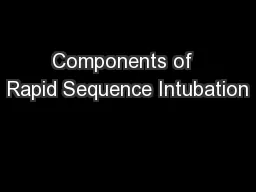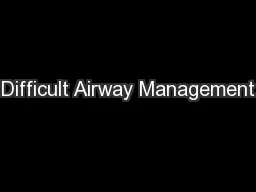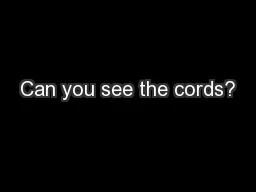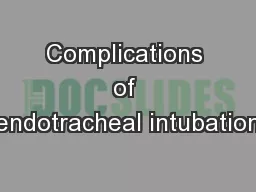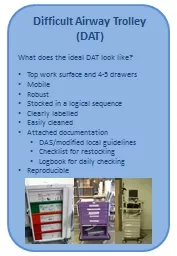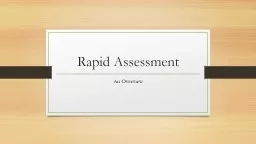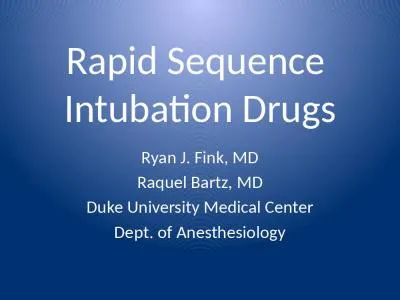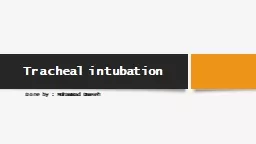PPT-Components of Rapid Sequence Intubation
Author : cheryl-pisano | Published Date : 2018-10-24
Ryan J Fink MD Raquel Bartz MD Duke University Medical Center Dept of Anesthesiology Learning Objectives Components of Rapid Sequence Intubation RSI Basic Equipment
Presentation Embed Code
Download Presentation
Download Presentation The PPT/PDF document "Components of Rapid Sequence Intubation" is the property of its rightful owner. Permission is granted to download and print the materials on this website for personal, non-commercial use only, and to display it on your personal computer provided you do not modify the materials and that you retain all copyright notices contained in the materials. By downloading content from our website, you accept the terms of this agreement.
Components of Rapid Sequence Intubation: Transcript
Download Rules Of Document
"Components of Rapid Sequence Intubation"The content belongs to its owner. You may download and print it for personal use, without modification, and keep all copyright notices. By downloading, you agree to these terms.
Related Documents

